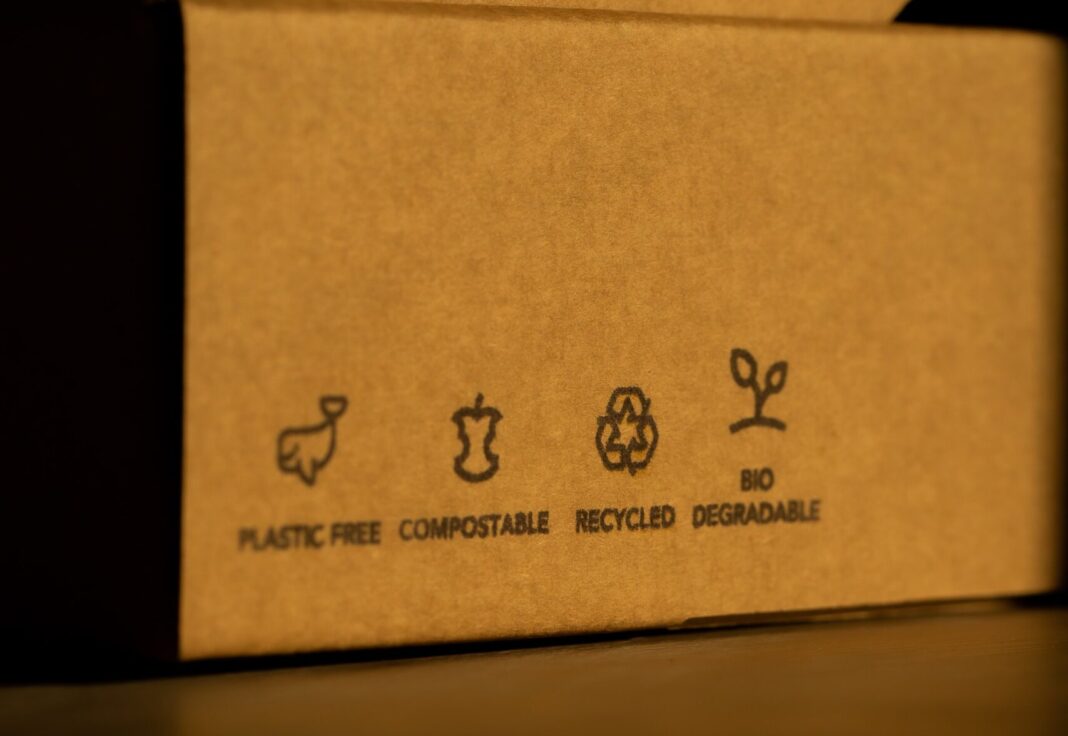Packaging is everywhere nowadays. It is in your shopping trolley, cupboards and deliveries. The amount of plastic or other non-natural materials that is used is causing environmental problems such as pollution.
The primary purpose of these packages is to contain and protect products within. Nowadays, packaging is usually an issue of convenience. When it comes to food and disposable items, this is primarily the case. The most used packaging is made of plastic or a type of it. Polyethylene is used for these packages and can come in various types:
- Polyethylene terephthalate. This is commonly used to make drinking bottles and it is the most widely recycled plastic.
- High-density polyethylene. This is mostly used to make heavier containers for heavier items and liquids, such as laundry detergent, shampoo or motor oil.
- Low-density polyethylene. This is used to make plastic bags and flexible plastic films. This plastic is not widely recycled and can be found in the most remote places of the earth.
All these types of plastic are recyclable, but unfortunately this is not the case. As mentioned above, our plastic can be found in the most remote places and can be found on land and in the oceans.
What is sustainable packaging?
Sustainable packaging is the solution to this problem. Sustainable packaging is made of biodegradable materials that will not cause pollution.
There are many benefits of sustainable packaging:
- It is better for the environment. As it is made of biodegradable materials, it will not pollute the land or the oceans.
- It is recyclable. Sustainable packaging can be recycled and used again to make new products.
- It is compostable. Sustainable packaging can be turned into compost, which can be used as a natural fertiliser for plants and gardens.
- It is durable. Sustainable packaging is often more durable than plastic packaging, meaning that it can be reused multiple times.
- It is stylish. Sustainable packaging often has a more natural look than plastic packaging, making it more stylish and modern.
These biobased packaging materials can be made from natural and renewable resources such as cornstarch, potato starch, cellulose, and bamboo. Bamboo is a fast-growing grass that can be used to make sustainable packaging. Bamboo is strong and durable, making it ideal for packaging products such as cosmetics or wine. Bamboo packaging is also recyclable and biodegradable and helps drawing in carbon emissions.
How can eco-friendly packaging help your business?
More and more companies are using eco-friendly packaging to help the environment, but there are a lot of benefits for your company as well.
First of all, eco-friendly packaging is versatile. This means that there are lot of packaging types that will meet your needs.
Second, it improves your brand image. When you develop yourself as an environmentally- responsible company, this will create trust with your customer base.
Third, it can reduce transportation costs. If the eco-friendly packaging is of good quality, it can mean you need less of it. This means a lower transportation cost.
Fourth, it helps expanding your customer base. More and more companies are switching to eco-friendly packaging as it is the new fundamental to success. Recent studies record that customers want to interact more with business that work towards sustainability than with businesses that don’t.
In conclusion, the use of sustainable, biobased and eco-friendly is becoming more and more important in society. It is not only better for the environment, but also has a lot of benefits for businesses. So, if you are looking to improve your brand image, reduce transportation costs and expand your customer base, consider using eco-friendly packaging.








